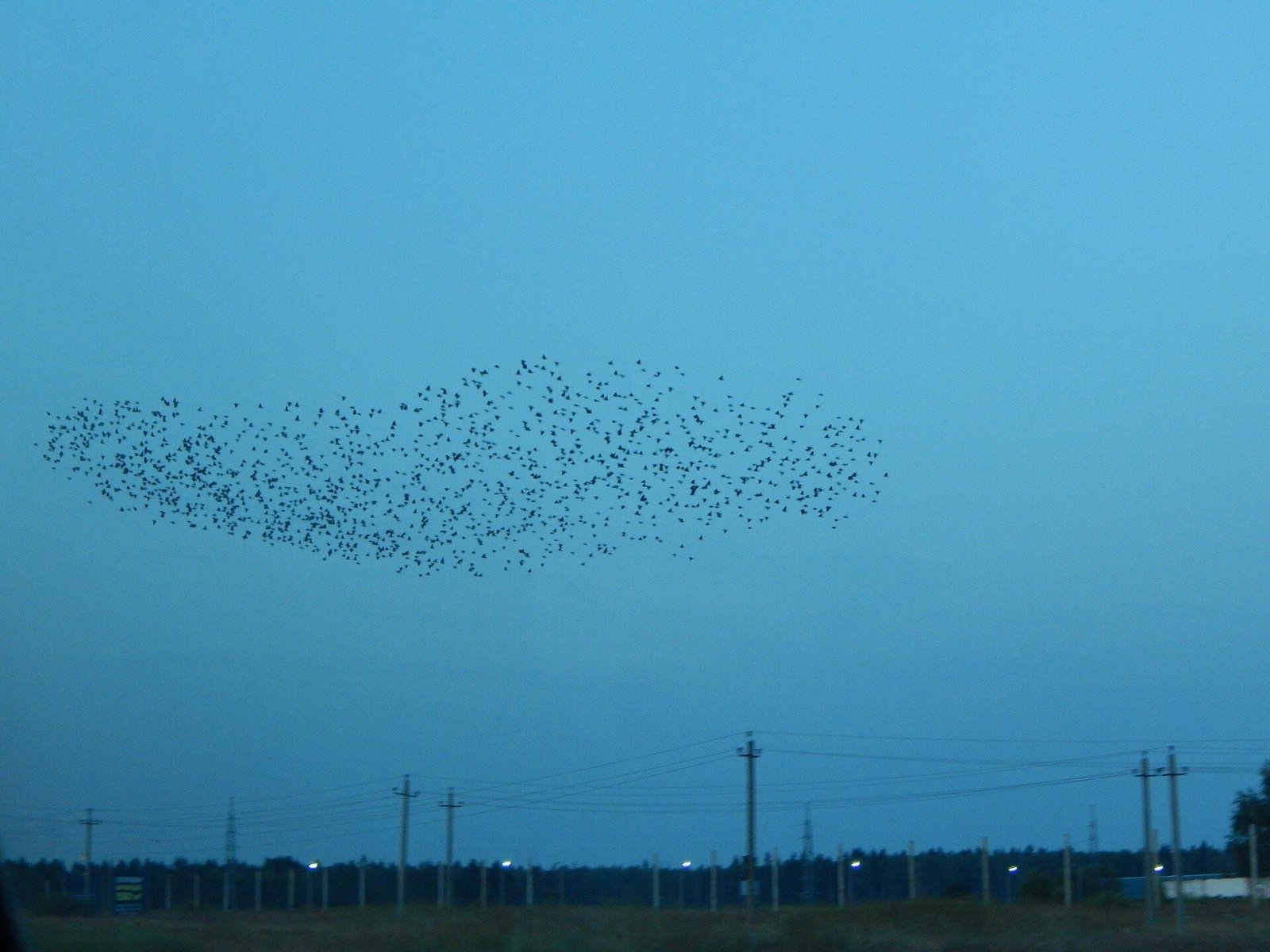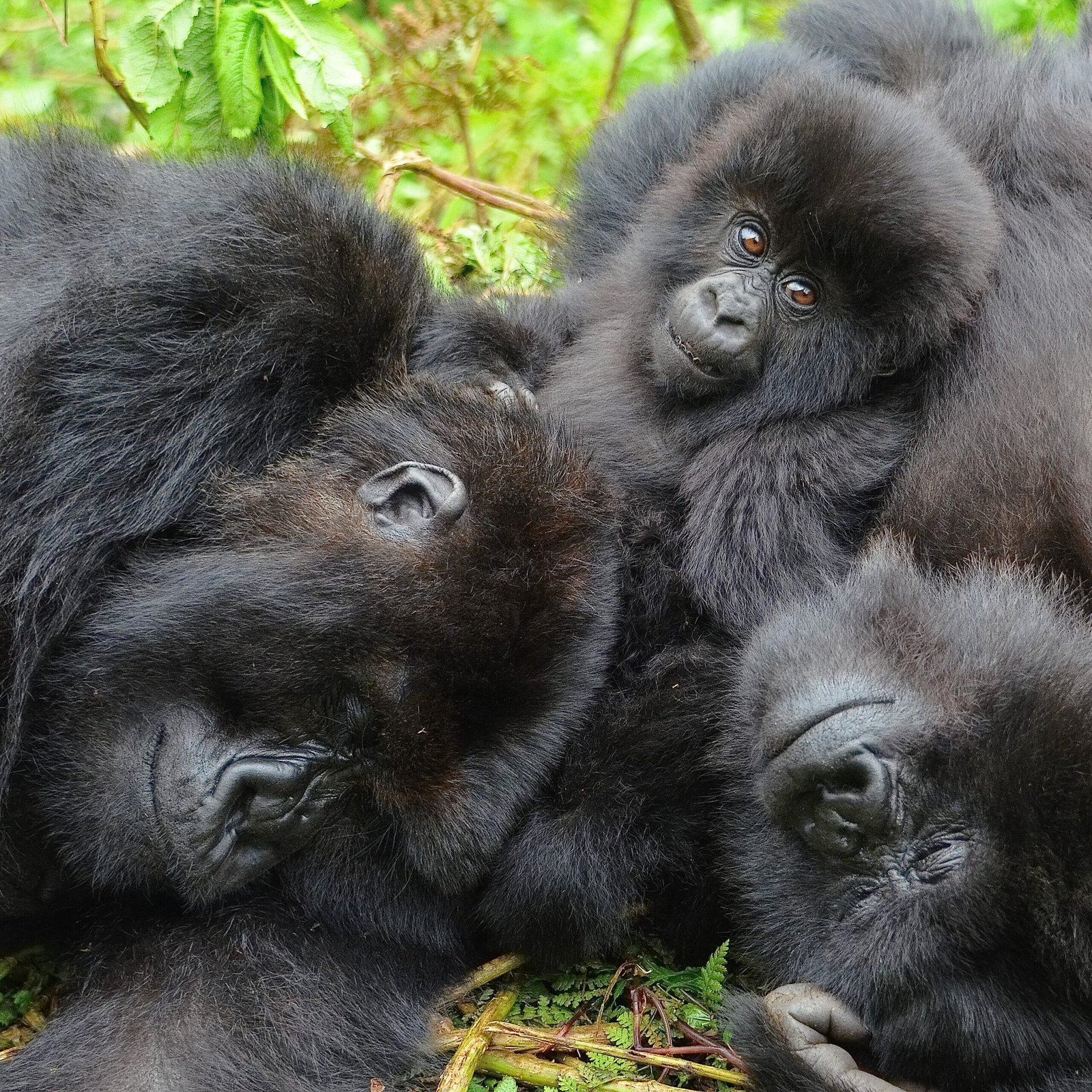
They twist and turn across the sky in dense, whirling formations—murmurations of birds that seem to move as one, captivating watchers and puzzling scientists for decades. Now, a new analysis suggests that one of the most mysterious features of these aerial displays—the behavior of birds at the edges—may stem from accident rather than intent.
A study published in the Journal of The Royal Society Interface examining the flocking patterns of jackdaws has found that the sharp borders of murmurations, and the way certain birds linger at the edges, can be explained by the mathematical rules that govern how individuals interact with their neighbors.
Scientists have long noted two peculiar features of flocking birds: Those on the outer edges tend to remain there longer than expected, and the border of the flock appears remarkably well-defined, almost as if deliberately maintained. Previously, it was thought that these edge behaviors might have evolved as adaptive traits—perhaps allowing certain birds to spot predators more easily or respond faster to threats.
But according to the new study using stochastic (random) models of animal movement, these patterns emerge naturally when birds follow what are known as topological rules—coordinating their movement with a fixed number of nearby neighbors, regardless of the actual distance.
In contrast, the same striking edge behaviors did not emerge when birds interacted using metric rules, where coordination depends on who is physically closest. The findings were further supported by existing GPS tracking data from jackdaw flocks, which revealed patterns consistent with the topological model.
“What’s fascinating is that these highly structured, seemingly purposeful formations might actually be the result of very simple interaction rules,” said Rothamsted’s Andy Reynolds, who conducted the analysis. “The sharpness of the border and the persistence of edge birds aren’t necessarily deliberate strategies. They’re just what happens when the system runs on topological interactions.”
The study adds to a growing body of evidence that complex group behaviors—from fish schools to insect swarms—can arise from surprisingly minimalist rules. It also raises questions about how much of animal group behavior is shaped by evolution, and how much simply falls out of physics and geometry.
Murmurations, often seen in starlings but also performed by other species such as jackdaws, have long drawn both artistic and scientific fascination. While their precise function is still debated, they are believed to offer protection from predators and help in roosting.
This new research doesn’t rule out the idea that edge behaviors might be beneficial—but it suggests they may not have evolved for that purpose. Instead, they might be a fortunate accident of nature’s algorithm.
Rothamsted studies swarming behaviors because they provide scientists with important information on how various pest species that affect our crops might behave. By mathematically modeling what holds a swarm together, strategies can be developed that improve our ability to predict, monitor and control the movements of insect pests.
More information:
A Reynolds et al, Topological interactions account for border dynamics of murmurations and transit flocks, Journal of The Royal Society Interface (2025). doi.org/10.1098/rsif.2025.0020
Provided by
Rothamsted Research
Citation:
Why birds on the edge stay there: Study sheds light on murmuration mysteries (2025, August 5)
retrieved 5 August 2025
from https://phys.org/news/2025-08-birds-edge-stay-murmuration-mysteries.html
This document is subject to copyright. Apart from any fair dealing for the purpose of private study or research, no
part may be reproduced without the written permission. The content is provided for information purposes only.




